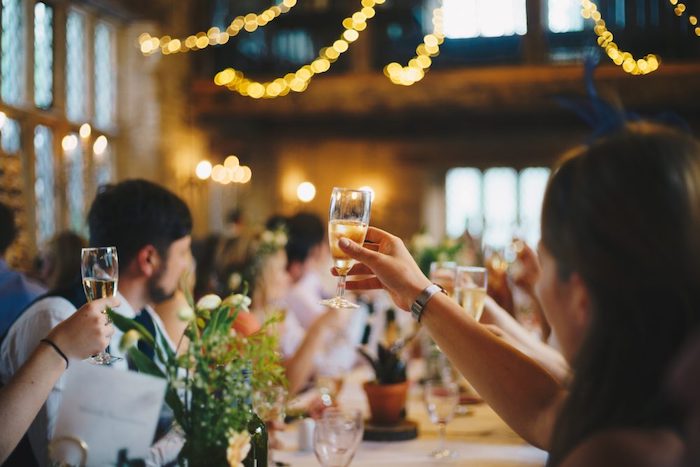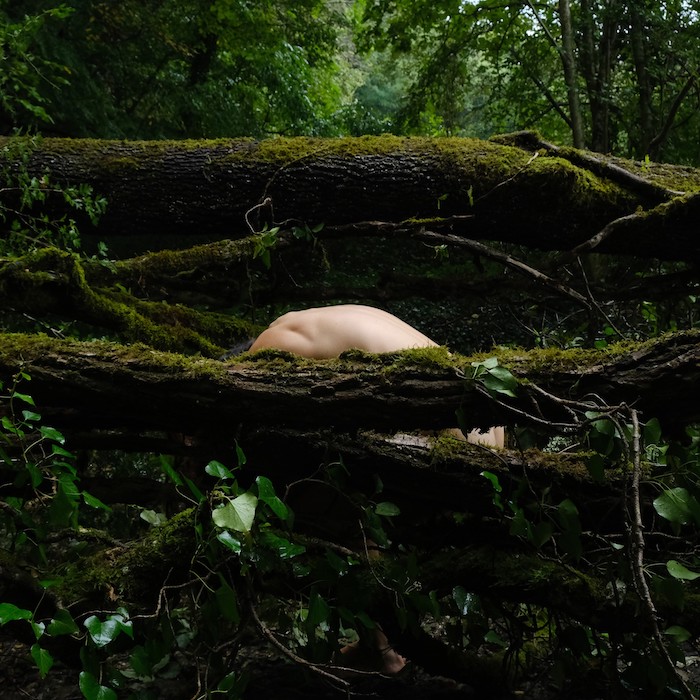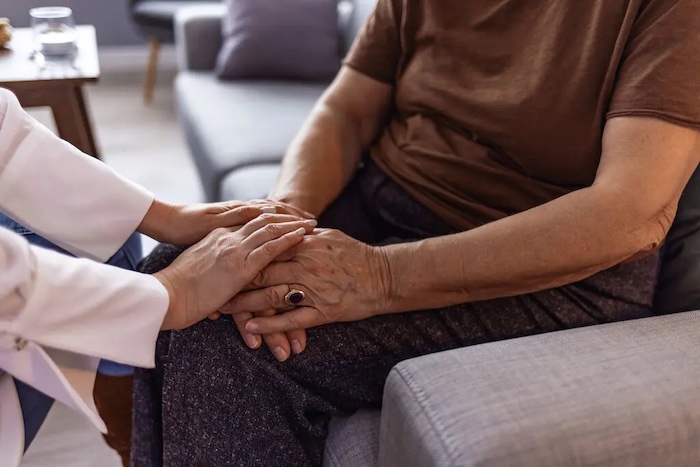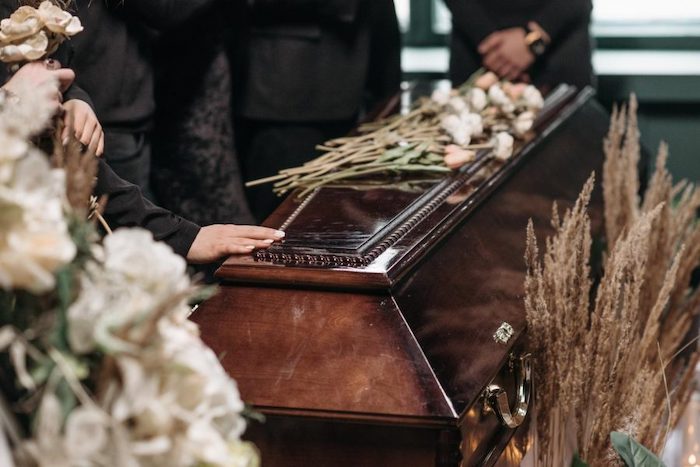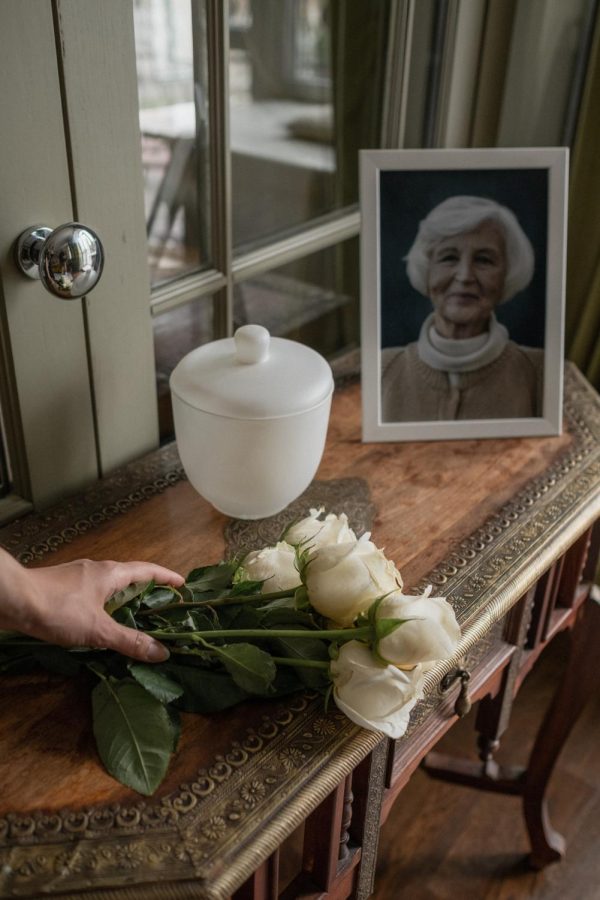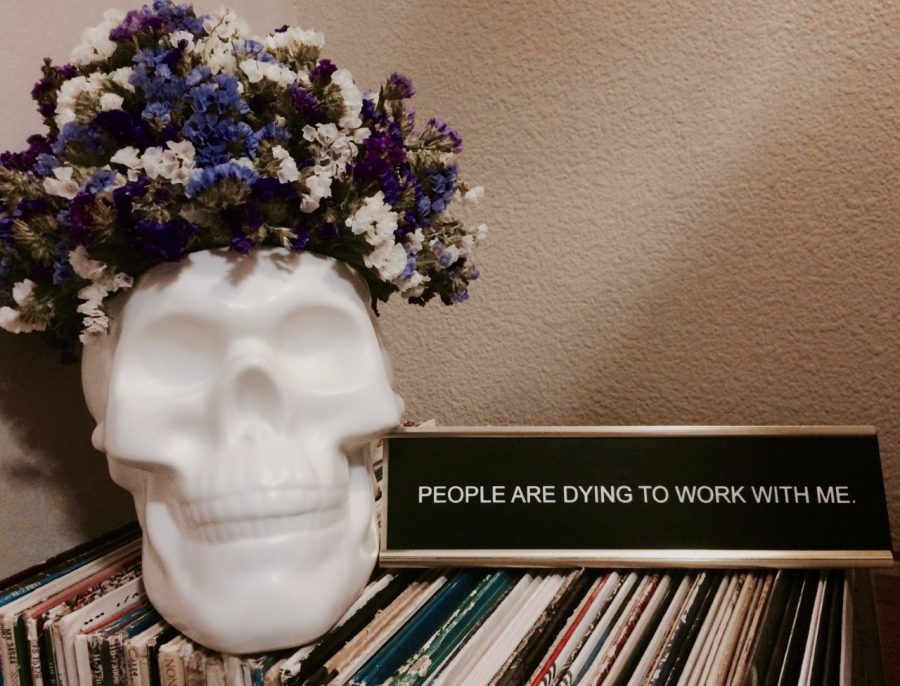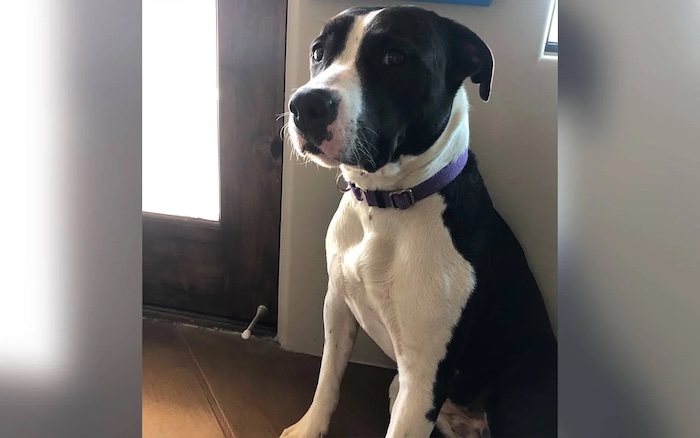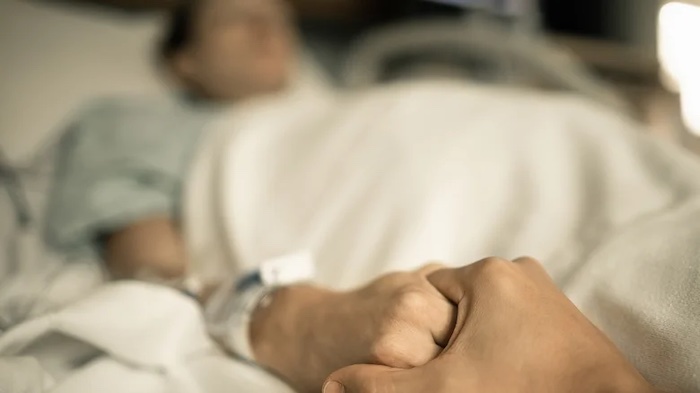
By Amanda Chatel
Watching someone you love suffer through an illness that could possibly lead to the end of their life is one of the most difficult things anyone can encounter. It doesn’t matter if your loved one lived well into their 90s or they’re still in the prime of their life — it’s a tragic loss for everyone involved. That’s especially true for the one who’s been diagnosed.
“You can be the most intelligent, organized person in the world, but hearing distressing news about your condition makes it hard to keep things straight,” associate medical director for Capital Caring Farrah Daly, M.D. tells WebMD.
Because of this, trying to navigate how to support a loved one in such a position can feel daunting. You want to be there for them, but you also want to give them their dignity and space when they need it. You want to be helpful, but also not treat them as though they’re incapable of things that they can still manage — and even want to manage — to do. It’s all about finding the right balance as to how to support them in a way that makes their mental and physical health as stress-free as possible during this difficult time.
Be honest with each other
There’s no sense in tiptoeing around the truth. If your loved one has a life-threatening illness, then it simply can’t be ignored. If there are children who will be affected by the illness, the truth shouldn’t be kept from them either. We live in a culture that still treats death as a taboo subject, which makes talking about it even more difficult. But it shouldn’t have to be that way.
“Death is an inevitable part of all our lives, and yet in modern society we have become far more distanced from the first-hand reality of it,” chief executive of Sue Ryder, a bereavement support center, Heidi Travis tells BBC. “It’s really time to open up a national conversation on death and dying with greater education and dialogue.”
While the illness shouldn’t be the only thing that’s discussed during this time, having conversations about it (instead of fearing the talks) will help everyone. It may not lead to acceptance of the illness — but it will help eliminate the stigma surrounding sickness and death.
Allow your loved one to feel their feelings
Until you’ve been diagnosed with a life-threatening illness, you’ll never truly know what that type of information does to a person. With this in mind, it’s important to allow your loved one to feel their feelings — all of them. If they’re feeling rage, anger, sadness, fear, guilt, cheated, or any other emotion, the best way to support them is to let them feel it all and actively listen to everything they’re saying. It’s important to realize that there’s no right or wrong way to grieve. Being given such news can bring out parts of your loved one that you may have never seen before.
“Let them feel what they want to feel by ensuring they are comfortable around you,” CEO of Grief Coach Emma Payne tells TZR. “But remember, everyone mourns differently, so be there for them whichever way they choose to cope (unless it’s dangerously unhealthy) … simply listen and sit with them as they grieve.”
If your loved one is dying, you can’t change that or take it away. But you can give them all the space they need to mourn their impending passing. Talk about everything they need to say before it’s too late.
Ask your loved one who they want to notify
Because of the taboo surrounding death and life-threatening illnesses, make sure you get the okay from your loved about who they would like to know about their sickness — and whom they’d prefer to keep in the dark. Not everyone is comfortable sharing such news, just like not everyone is comfortable receiving such news.
“Some people want to tell their story over and over again to each person — it helps them process their feelings,” associate medical director for Capital Caring, Farrah Daly, M.D., tells WebMD. “Others don’t want to relive the experience and would rather someone explain things for them. There’s no one right way.”
Even if you disagree with your loved one about certain people knowing that they’re sick, this is not your journey. While anyone who knows and loves someone with a life-threatening illness is involved, ultimately, this isn’t about you; it’s about the person who has the illness. Do right by them and only tell those whom they want to know about it.
Come up with a schedule
Depending on how far the illness is, there may be a need for a schedule for family members to stick to make sure your loved one is as comfortable as possible. For example, on Tuesdays and Thursdays, someone might be in charge of taking your loved one to doctor’s appointments. On Sundays, someone can bring over food for a few days so the person who is ill doesn’t have to think about preparing meals.
“Don’t wait for them to ask,” Dr. Varun Choudhary tells Bustle. “Instead, offer to help by bringing over dinner, shopping, gardening, etc.”
When people are very sick, they sometimes forget to take care of themselves because their mind is someplace else. Creating a schedule that everyone agrees works for them to make sure your loved one has food, takes their medication when they’re supposed to, and never misses a doctor’s appointment, creates an entire network of support so no one feels alone during this heartbreaking time.
Help them achieve any final wishes
If it looks as though your loved one is coming to the end of their life, then it’s time to have the very difficult talk about end-of-life wishes. In addition to helping them get their affairs in order so they don’t have to worry about how their last will and testament will be received by beneficiaries, you also want to talk to them about things they didn’t do, but might still want to. They’ve never seen the Pacific Ocean? Then it looks like it’s time for a road trip. They’ve always wanted to see the Red Sox play against the New York Yankees? Well, buy some tickets and get ready to heckle the opposing team’s fans (and enjoy boxes and boxes of extra salty popcorn).
Of course, not all wishes can be granted. But those that can fulfilled? Do your best to honor them for your loved one’s sake.
Allow yourself to grieve
Although you should try to avoid grieving in front of your sick loved one, it’s only natural to grieve what you’re going to lose — and grieve what your loved one is losing too. Grief is complicated. While your grief is going to look very different from the grief of your sick loved one (because you’re grieving different things), you shouldn’t try to suppress your feelings. People can’t be fully present and supportive if they’re hiding from their own feelings.
“Many people say they are feeling a heavy sadness — and what they’re describing is grief,” thanatologist David Kessler tells The Guardian. “We’re grieving the world we have lost: normal life, our routines, seeing our friends, going to work. Everything has changed. And change is actually grief — grief is a change we didn’t want.”
There will be okay days, and there will be bad days, but rarely good days as you support your loved one through this. You can’t undo reality. But as long as you stand by them and give them all the love and support you can, then you will have done right by them — and you won’t regret what you should have done differently down the road.
Complete Article ↪HERE↩!

